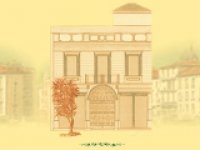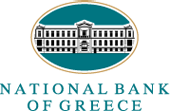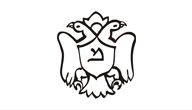
“Erysichthon, a contemporary interpretation of the myth”


On the occasion of the Night and Day of the Museums, the Network of Museums and Cultural Institutions of the Athens Historical Center organizes its first major joint action.
The Network recommends art walks in the venues of its members, which host parts of the exhibition:
Organisation
Hellenic Folklore Research Centre of the Academy of Athens Scientific Supervisor:
Aikaterini Polymerou-Kamilaki, Director of the Hellenic Folklore Research Centre
Exhibition Coordinator:
Louisa Karapidaki, art historian, permanent associate of the Hellenic Folklore Research Centre
With the support of the Network of Museums and cultural Institutions of the Athens Historical Centre
and the Goulandris Natural History Museum
The story of the exhibition
People often say that “nature avenges itself”. Nature, however, does not have sentiments to allow her to get angry and vengeful. What appears to us as a punishment is the result of our own actions, when they disturb the balance of the natural environment. Human intervention, when directed by avarice, voraciousness, and imprudence, can prove extremely dangerous, whether it leads to the destruction of forests and thickets or to the pollution of the atmosphere and the contamination of rivers and seas.
The primitive man, confronted with the elements of nature, attributed magical and divine powers to them and worshipped them in order to appease them. As his knowledge of the natural environment increased, he discovered the delicate balance that ruled it, and realized the need to protect it, in order to live in peace with it. This attempt for protection often led to the demonization of the natural elements and forces, usually out of respect or fear. Hence, forests and thickets were dedicated to deities, the trees acquired protector spirits (Dryads, Hamadryads, Dendrites deities); the springs, rivers, and lakes had their own fairies, nymphs, and Lamia, and all of them were intended to discourage every enemy eager to exploit the natural resources, thus undermining the future of following generations.
The ancient myth of King Erysichthon of Thessaly, as preserved by the Greek poet Callimachus in his hymn to Demeter, proves that our ancestors had realized nature should be treated with respect and total admiration; failure to do so would have severe repercussions for mankind. King Erysichthon was a greedy, sacrilegious and disrespectful person. His decision to cut down the holy tree of Demeter, in spite of the pleas and warnings of the nymph residing inside it, led to his punishment by insatiable hunger. After he consumed everything that belonged to him and his family, he ate his own body parts and finally died, without ever managing to satisfy his hunger.
The myth symbolically alludes to avarice and to the thoughtless exploitation of natural resources, caused by human beings, who consume insatiably and beyond their basic needs.
The venues of the exhibition and the artists:
The Presidential Manor (gardens)
Aphrodite Litti
1. Academy of Athens
Panagiotis Tetsis, Spyros Kritikos
Sketches: Michael Kountouris
2. Centre for the Study of Modern Pottery, George Psaropoulos Family Foundation
Apostolis Zolotakis
3. Museum of the History of the Greek Costume of the Lycaeum Club of Greek Women
Helen Tzatzalos, Venia Behraki
4. Museum of Greek Folk Musical Instruments, F. Anogeianakis
Athanasios Beroutsos
5. Museum Herakleidon
Aphrodite Liti, Apostolis Zolotakis
6. Hellenic Childrens’ Museum
Tasos Mantzavinos
7. Ίδρυμα ʼγγελου και Λητώς Κατακουζηνού
Andreas Lolis
8. Ilias Lalaounis Jewellery Museum
Alexandra Athanasiadi
Video: Yorgos Taxiarchopoulos, Savvina Patrikiou, Grigoris Markatos
9. Spyros Vasileiou Museum
Katharina Bolesch, ceramic
10. National Bank of Greece Historical Archives
Eirini Gonou, Miltos Pantelias, Kallirroy Spyridonos
11. B. & M. Theocharakis Foundation
Chrysa Vergi, Maria Giannakaki
12. Exile Museum
Katerina Hariati Sismani
13. The Jewish Museum of Greece
Aphrodite Litti

14. Frissiras Museum
Callirhoe Marouda
15. The Hellenic-American Union
Harris Kondosphyris, Christos Harissis, George Tserionis, Venia Bechraki,
Magda Tamam, Helen Tzatzalos, Petros Vrelis, Konstantina Katrakazou,
Stefanos Zannis, and Ioanna Rali
For more information on the exhibitions, please contact the organising Network or its members:
www.athensmuseums.net














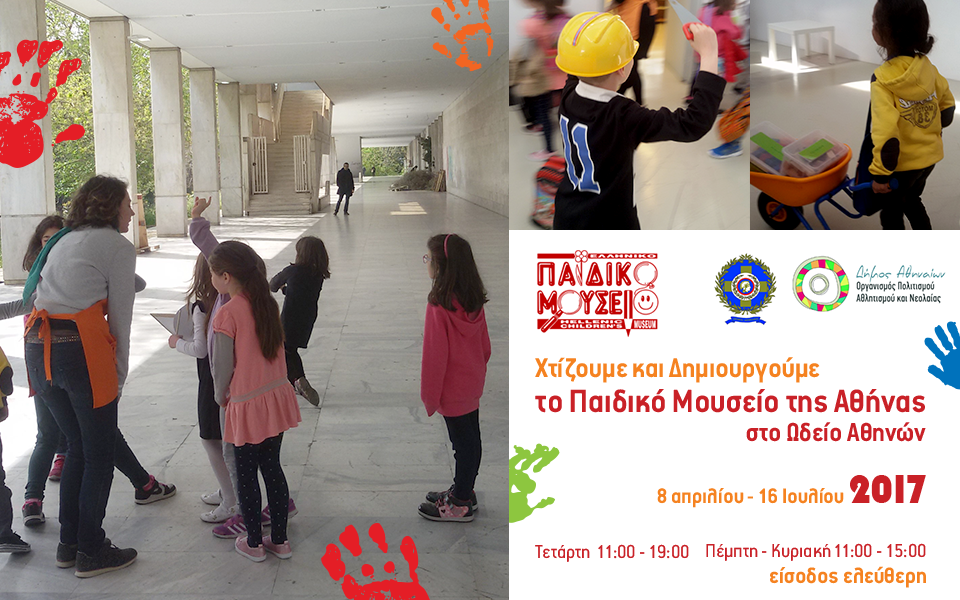





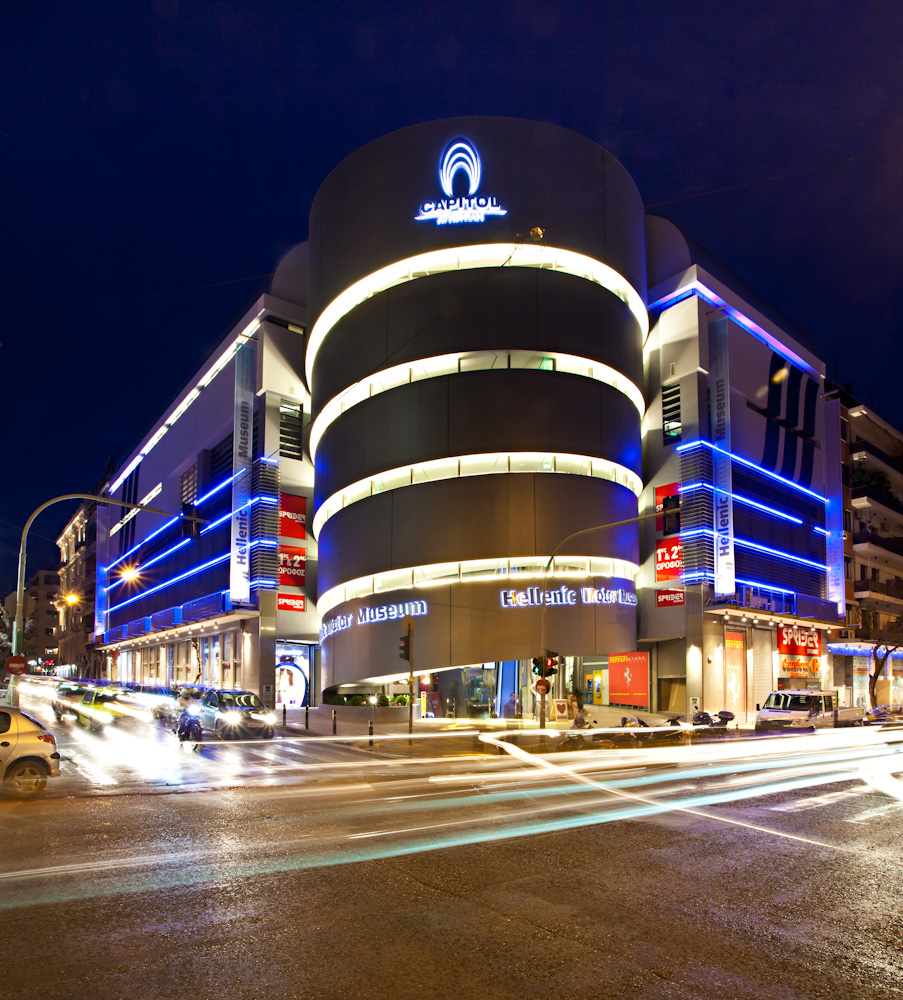


.jpg)




.jpg)
